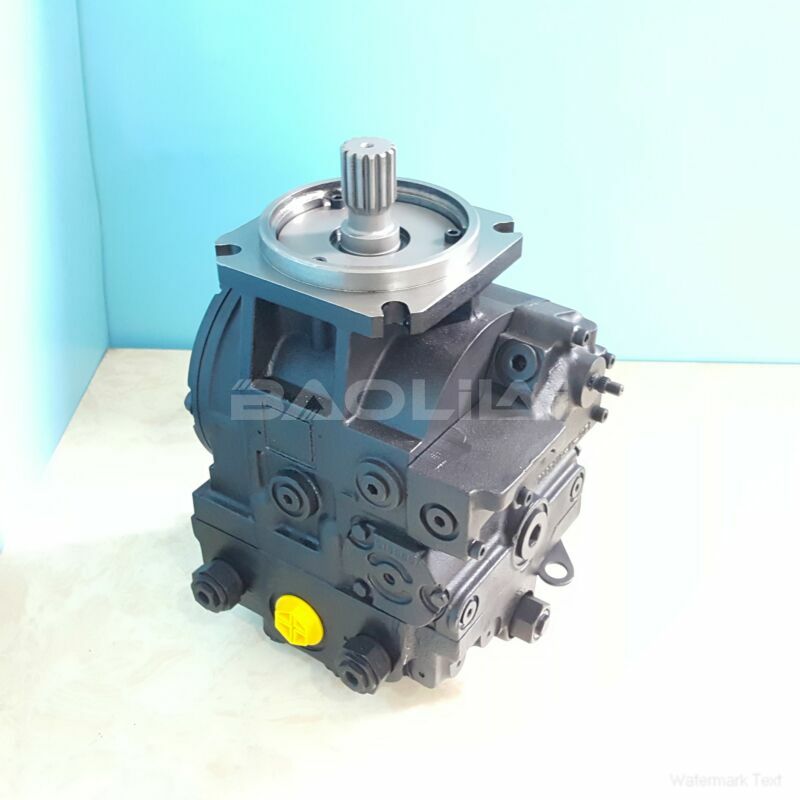90R250MA5CD80T3C8KC5NNN353524 piston pump
90R250MA5CD80T3C8KC5NNN353524 piston pump

- Product Details
- Applicable Scene
When it comes to pumping applications that require high pressure, two types of pumps often come into consideration: plunger pumps and centrifugal pumps. Each has distinct characteristics, advantages, and limitations that make them suitable for different operational contexts. Understanding the differences and applications of these pumps is essential for making an informed choice based on specific needs.
90R250-MA-5-CD-80-T-3-C8-K-C5-NNN-35-35-24
90R250MA5CD80T3C8KC5NNN353524
Plunger pumps, a type of positive displacement pump, utilize a plunger to generate pressure by displacing a fixed volume of fluid with each stroke. This design enables them to deliver fluid at a constant rate, regardless of the pressure variation in the system. Plunger pumps are particularly well-suited for high-pressure applications, often reaching pressures of 10,000 PSI or more. Their ability to handle viscous and abrasive fluids makes them ideal for industries such as oil and gas, mining, and chemical processing.

83003974
On the other hand, centrifugal pumps operate on a different principle. They use a rotating impeller to impart velocity to the fluid, converting this velocity into pressure. While centrifugal pumps are generally efficient for transporting large volumes of fluid at low to moderate pressures, their performance can significantly decline when faced with high pressure and high viscosity fluids. As a result, centrifugal pumps are often used in applications where high flow rates are required, such as cooling systems, irrigation, and water supply.
One critical factor to consider when choosing between plunger pumps and centrifugal pumps is the application’s pressure and flow requirements. In scenarios where consistent high pressure is crucial, such as hydraulic applications or water jet cutting, plunger pumps tend to be the preferred option. They provide reliable and steady performance, ensuring process efficiency and minimizing downtime.





